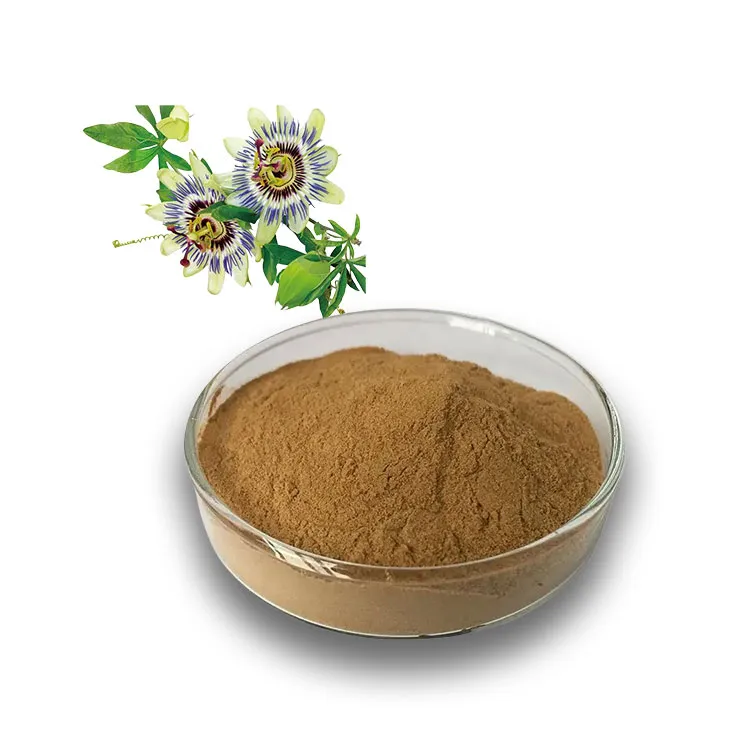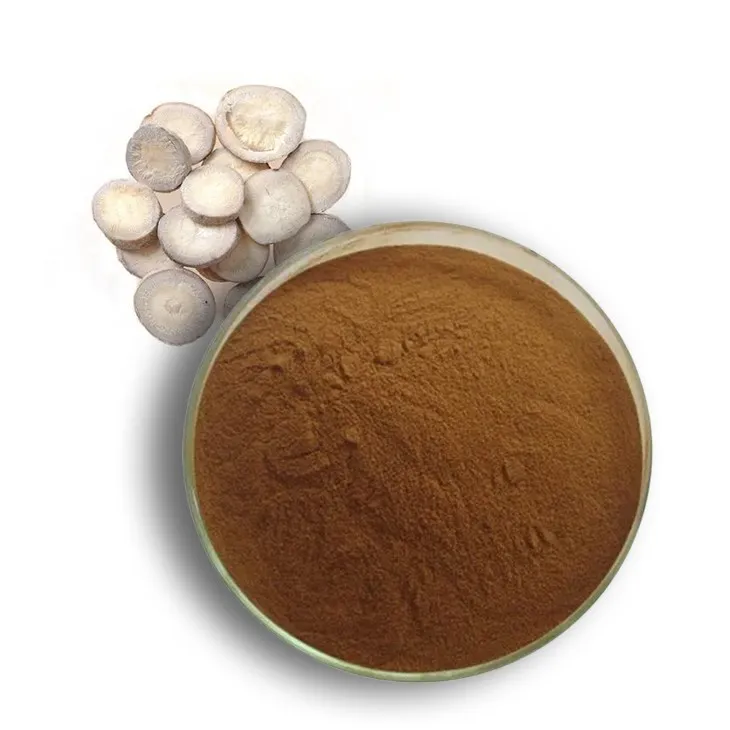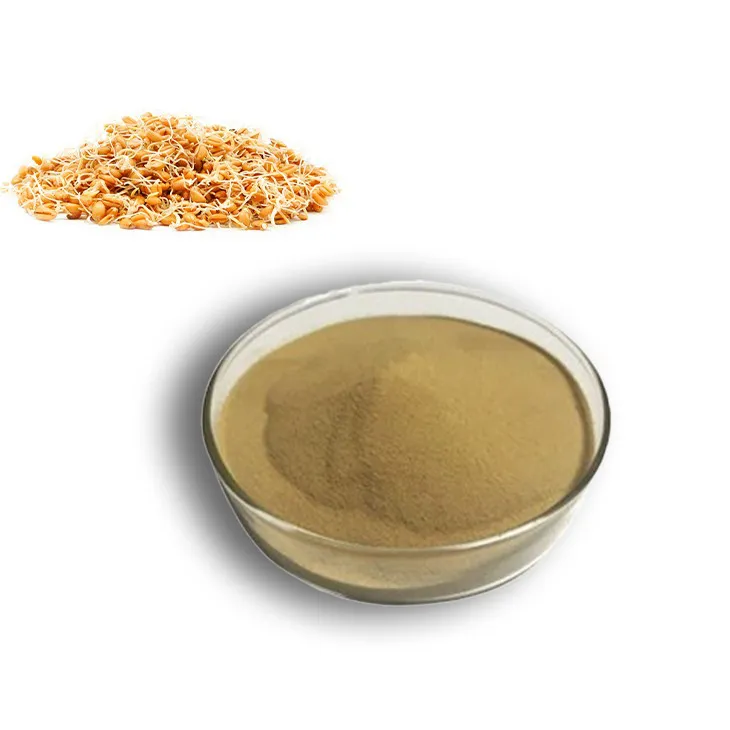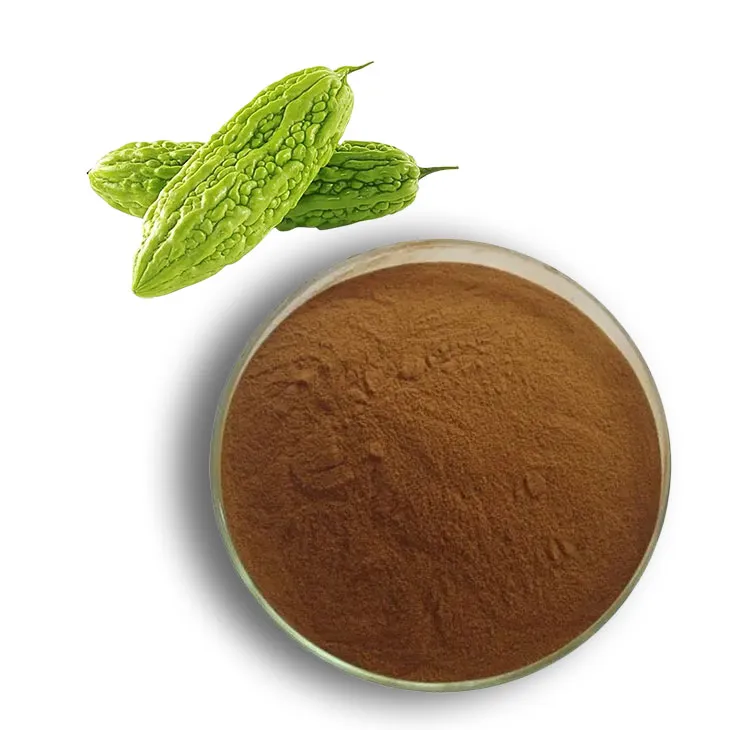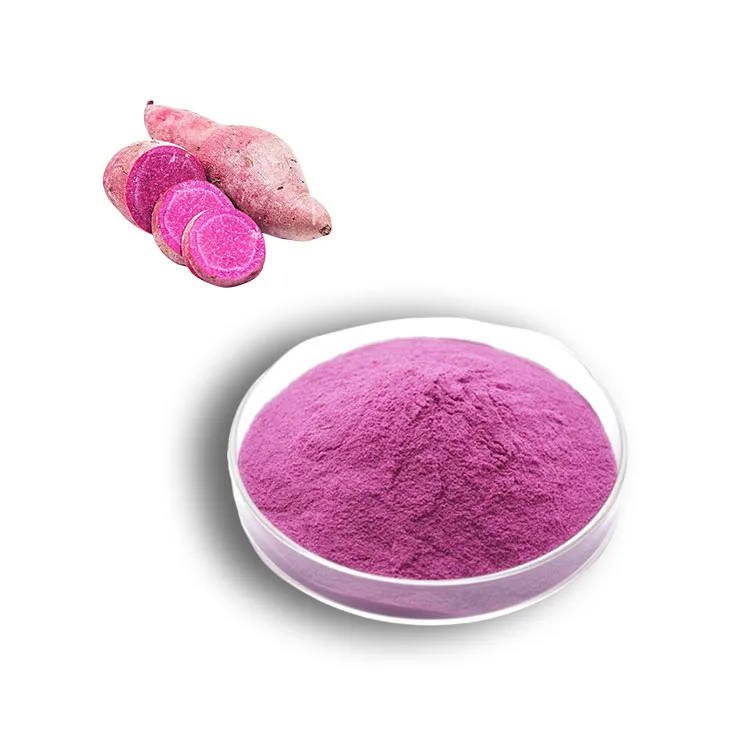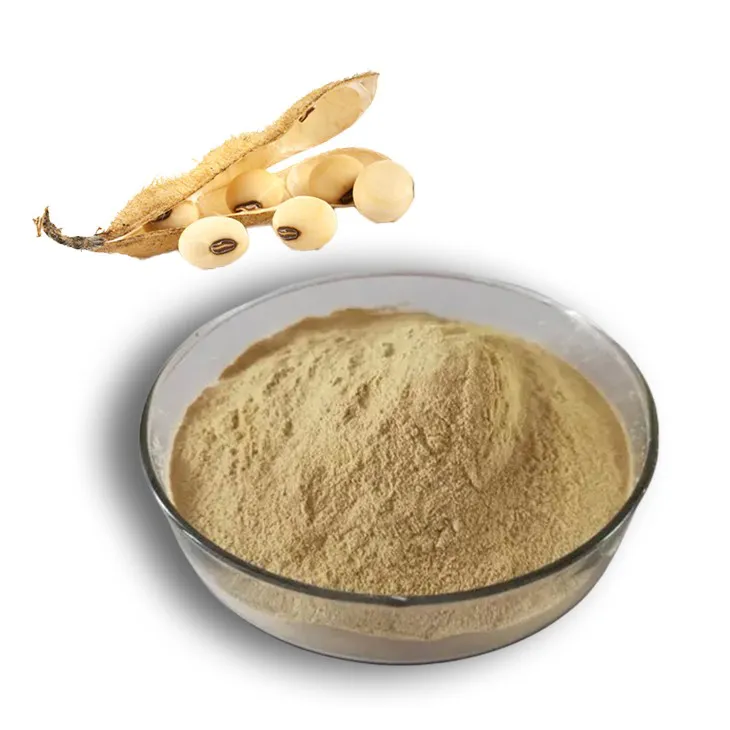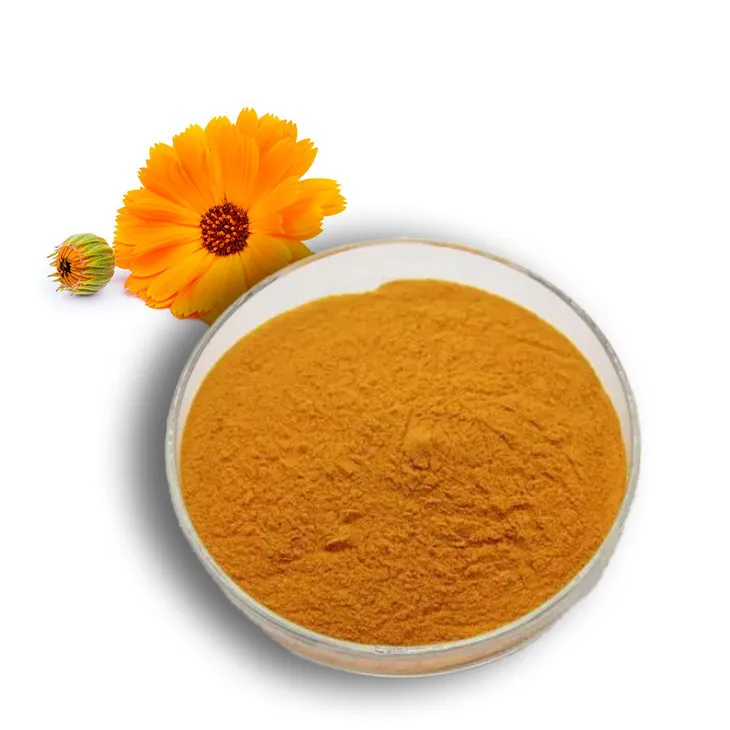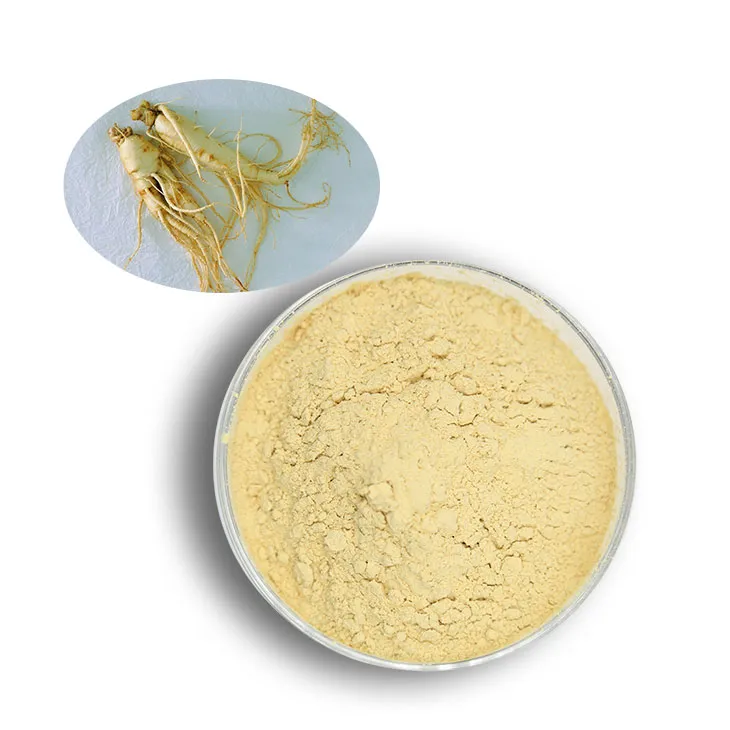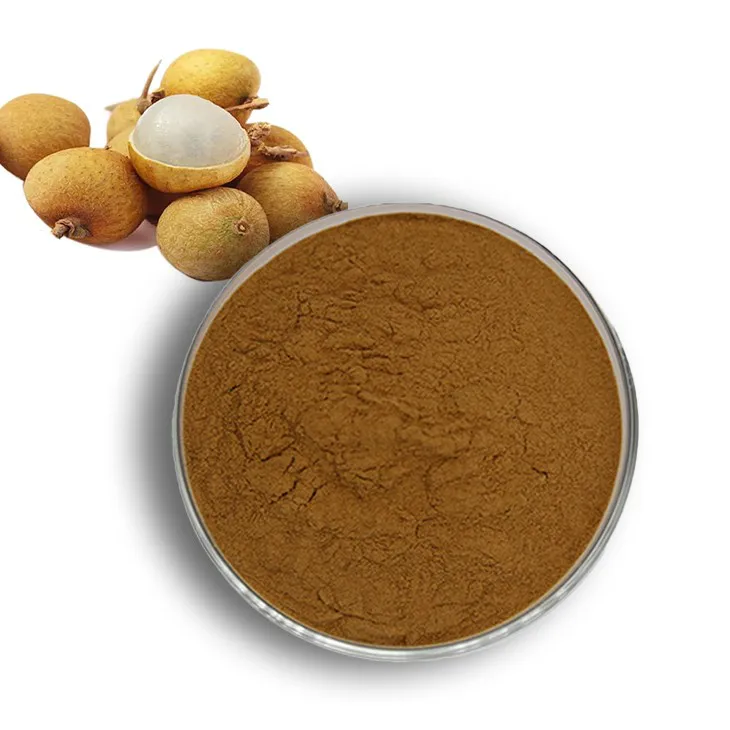- 0086-571-85302990
- sales@greenskybio.com
The Antimicrobial Frontier: A Systematic Review on the Minimum Inhibitory Concentration of Plant Extracts in Clinical Settings
2024-07-18
1. Introduction
In the ever - evolving field of clinical microbiology, the battle against microbial infections is a continuous struggle. The emergence of antibiotic - resistant bacteria has made the search for alternative antimicrobial agents more crucial than ever. Plant extracts have emerged as a potential source of novel antimicrobial compounds. This systematic review aims to explore the minimum inhibitory concentration (MIC) of plant extracts in clinical settings, providing a comprehensive understanding of their potential in combating microbial threats.
2. Significance of Studying Plant Extracts' MIC
2.1 Understanding Antimicrobial Potency The MIC is a crucial parameter in determining the effectiveness of an antimicrobial agent. For plant extracts, it helps in precisely quantifying their ability to inhibit the growth of microorganisms. By knowing the MIC, researchers can compare different plant extracts and select the most potent ones for further study or potential clinical use.
2.2 Guiding Dosage in Clinical Applications In clinical settings, the correct dosage of an antimicrobial agent is vital. Knowledge of the MIC of plant extracts can assist healthcare providers in determining the appropriate amount of extract to administer. This ensures that the treatment is effective without causing unnecessary toxicity to the patient.
3. Types of Plant Extracts Studied
3.1 Herbal Extracts Herbal plants have a long history of use in traditional medicine. Extracts from herbs such as Thyme (Thymus vulgaris), Oregano (Origanum vulgare), and Rosemary (Rosmarinus officinalis) have shown significant antimicrobial activity. For example, thyme extract has been found to have a relatively low MIC against certain bacteria, making it a promising candidate for further investigation.
3.2 Medicinal Plant Extracts Medicinal plants like Aloe vera, Garlic (Allium sativum), and Echinacea have also been the focus of research. Aloe vera extract has demonstrated antimicrobial properties, especially against some skin - infecting microorganisms. Garlic extract, on the other hand, has a broad - spectrum antimicrobial activity, with its MIC values varying depending on the target microorganism.
4. Mechanisms of Action of Plant Extracts
4.1 Disruption of Cell Membranes Many plant extracts act by disrupting the cell membranes of microorganisms. They can interact with the lipid components of the membranes, causing leakage of cellular contents. For instance, some phenolic compounds present in plant extracts can insert themselves into the lipid bilayer, increasing membrane permeability and ultimately leading to cell death.
4.2 Inhibition of Enzymatic Activity Another mechanism is the inhibition of essential enzymatic activities within the microorganism. Plant extracts may contain compounds that can bind to specific enzymes, preventing them from carrying out their normal functions. This can disrupt metabolic pathways, such as the synthesis of cell wall components or nucleic acids, thereby inhibiting the growth of the microorganism.
5. Plant Extracts in Treating Clinical Infections
5.1 Skin Infections Skin infections are common in clinical practice. Plant extracts with antimicrobial properties can be used topically to treat these infections. For example, extracts from Calendula officinalis have been used for wound healing and treating minor skin infections. Their MIC values against common skin pathogens indicate their potential as an alternative to traditional topical antibiotics.
5.2 Respiratory Tract Infections Respiratory tract infections are a major cause of morbidity and mortality. Some plant extracts have shown activity against the pathogens responsible for these infections. For instance, extracts from Eucalyptus species have been studied for their ability to inhibit the growth of bacteria and viruses that cause respiratory infections. Their MIC values against these pathogens provide valuable information for potential use in inhaler formulations or other respiratory therapies.
5.3 Gastrointestinal Infections Gastrointestinal infections are often caused by bacteria, viruses, or parasites. Plant extracts can play a role in treating these infections. For example, extracts from Peppermint (Mentha piperita) have been shown to have antimicrobial activity against some gastrointestinal pathogens. Understanding their MIC values can help in formulating appropriate oral preparations for the treatment of such infections.
6. Challenges in Studying Plant Extracts' MIC
6.1 Variability in Plant Composition One of the major challenges is the variability in the composition of plants. Different factors such as the geographical location of growth, the time of harvest, and the extraction method can significantly affect the chemical composition of plant extracts. This, in turn, can lead to variations in their MIC values. For example, a plant grown in a nutrient - rich soil may have a different chemical profile compared to the same plant grown in a nutrient - poor soil, resulting in different antimicrobial activities.
6.2 Standardization of Extraction Methods There is a lack of standardized extraction methods for plant extracts. Different researchers may use different solvents, extraction times, and temperatures, which can produce extracts with different chemical compositions and antimicrobial activities. This makes it difficult to compare the results of different studies and accurately determine the MIC of plant extracts.
7. Future Directions
7.1 Optimization of Extraction Methods To overcome the challenges related to extraction methods, future research should focus on optimizing and standardizing these methods. This will ensure more consistent results in determining the MIC of plant extracts. For example, researchers could explore the use of novel extraction techniques such as supercritical fluid extraction, which may provide more efficient and reproducible extraction of active compounds from plants.
7.2 In - vitro to In - vivo Translation While many studies have focused on the in - vitro determination of the MIC of plant extracts, more research is needed to translate these findings into in - vivo applications. This involves studying the pharmacokinetics and pharmacodynamics of plant extracts in animal models and ultimately in humans. Understanding how plant extracts are absorbed, distributed, metabolized, and excreted in the body is crucial for their successful clinical application.
7.3 Combination Therapy Another future direction is the exploration of combination therapy using plant extracts and conventional antibiotics. Some studies have suggested that certain plant extracts may enhance the activity of antibiotics or overcome antibiotic resistance mechanisms. By combining plant extracts with antibiotics, it may be possible to develop more effective antimicrobial treatments.
8. Conclusion
In conclusion, plant extracts represent a promising frontier in the search for effective antimicrobial agents in clinical settings. Understanding their minimum inhibitory concentrations is crucial for evaluating their potential in treating various microbial infections. Despite the challenges associated with studying plant extracts, such as variability in plant composition and lack of standardized extraction methods, there are clear future directions that can be pursued. Optimization of extraction methods, in - vitro to in - vivo translation, and exploration of combination therapy are all areas that hold great potential. By further investigating plant extracts, we may be able to develop new antimicrobial strategies to combat the growing threat of antibiotic - resistant microorganisms and improve patient outcomes in clinical settings.
FAQ:
What is the importance of studying the minimum inhibitory concentration of plant extracts in clinical settings?
Studying the minimum inhibitory concentration (MIC) of plant extracts in clinical settings is crucial. It helps to determine the effectiveness of plant - based substances against various microbes. By knowing the MIC, healthcare providers can assess whether a plant extract can be used as a potential antimicrobial agent in treating infections. It also provides valuable information for researchers to further explore the mechanisms of action of these plant extracts and develop new antimicrobial therapies.
How are different types of plant extracts compared in terms of their minimum inhibitory concentrations?
Different types of plant extracts are compared in several ways regarding their MICs. Firstly, laboratory tests are conducted where the extracts are exposed to different microorganisms. The concentration at which the growth of the microorganism is inhibited is measured for each extract. Then, factors such as the chemical composition of the plant extract, the type of active compounds present, and their solubility can influence the MIC. For example, some plant extracts with high levels of phenolic compounds may have lower MICs compared to those with fewer active components. Statistical analysis is often used to objectively compare the MICs of different plant extracts.
What are the mechanisms of action of plant extracts with antimicrobial properties?
Plant extracts with antimicrobial properties can act through multiple mechanisms. One common mechanism is the disruption of the microbial cell membrane. The active compounds in the plant extract may interact with the lipids or proteins in the cell membrane, causing it to lose its integrity and leading to cell death. Another mechanism is the inhibition of key enzymes within the microorganism. These enzymes are essential for the microbe's metabolic processes, such as DNA replication or protein synthesis. By inhibiting these enzymes, the plant extract can prevent the growth and reproduction of the microorganism. Additionally, some plant extracts can interfere with the microbial cell's signaling pathways, which are necessary for communication and coordination within the microbial community.
Can plant extracts be used as a substitute for conventional antimicrobial drugs?
While plant extracts show promise as antimicrobial agents, they cannot currently be considered a complete substitute for conventional antimicrobial drugs. There are several reasons for this. Firstly, the effectiveness of plant extracts may vary depending on the type of microorganism and the specific infection. Some plant extracts may be effective against certain bacteria but not against viruses or fungi. Secondly, the standardization of plant extracts is a challenge. The concentration and composition of active compounds in plant extracts can be affected by factors such as the plant's origin, growth conditions, and extraction methods. However, plant extracts can be used in combination with conventional drugs or as an alternative in cases where conventional drugs are not effective or have significant side effects.
How can the research on plant extracts' minimum inhibitory concentrations impact future healthcare?
The research on plant extracts' minimum inhibitory concentrations can have a significant impact on future healthcare. It can lead to the discovery of new antimicrobial agents, which are urgently needed due to the increasing problem of antibiotic resistance. By identifying plant extracts with low MICs against resistant microorganisms, new treatment options can be developed. This research can also inspire the development of more natural and less toxic antimicrobial therapies. Moreover, it can contribute to a better understanding of the relationship between plants and microorganisms, which may have implications for other areas of healthcare such as probiotics and the microbiome.
Related literature
- Title: Antimicrobial Activity of Plant Extracts: A Review"
- Title: "Plant - Derived Antimicrobials: A Promising Alternative to Synthetic Antibiotics"
- Title: "Mechanisms of Antimicrobial Action of Plant Extracts"
- Title: "The Role of Plant Extracts in Combating Multidrug - Resistant Microorganisms"
- ▶ Hesperidin
- ▶ Citrus Bioflavonoids
- ▶ Plant Extract
- ▶ lycopene
- ▶ Diosmin
- ▶ Grape seed extract
- ▶ Sea buckthorn Juice Powder
- ▶ Fruit Juice Powder
- ▶ Hops Extract
- ▶ Artichoke Extract
- ▶ Mushroom extract
- ▶ Astaxanthin
- ▶ Green Tea Extract
- ▶ Curcumin
- ▶ Horse Chestnut Extract
- ▶ Other Product
- ▶ Boswellia Serrata Extract
- ▶ Resveratrol
- ▶ Marigold Extract
- ▶ Grape Leaf Extract
- ▶ New Product
- ▶ Aminolevulinic acid
- ▶ Cranberry Extract
- ▶ Red Yeast Rice
- ▶ Red Wine Extract
-
Passionflower Extract
2024-07-18
-
White Peony Extract
2024-07-18
-
Wheat Germ Extract
2024-07-18
-
Cranberry Extract
2024-07-18
-
Bitter Melon Extract
2024-07-18
-
Purple Sweet Potato Extract
2024-07-18
-
Soy Extract
2024-07-18
-
Calendula Extract
2024-07-18
-
American Ginseng Root Extract
2024-07-18
-
Longan Extract
2024-07-18











